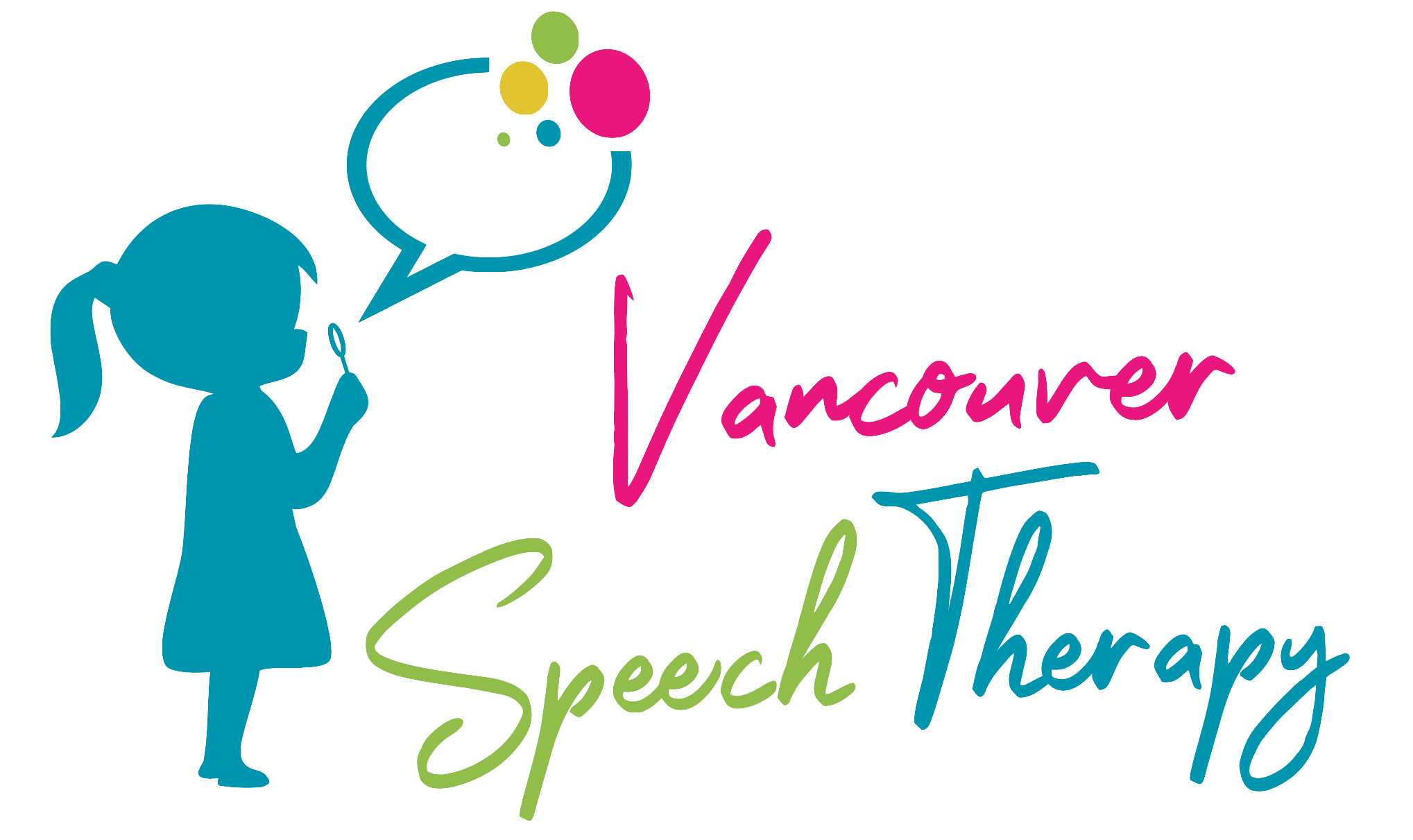
27 Nov Breaking the Stigma: Addressing Misconceptions About Stuttering
In the vast landscape of communication, Vancouver Speech stands committed to unraveling the pervasive misconceptions surrounding stuttering. Beyond mere words, stuttering holds a narrative often obscured by misconceptions and myths. This comprehensive exploration seeks to shine a light on the truths, unveiling the intricacies and realities of stuttering. By embracing this complexity, we aim to foster understanding, empathy, and a stigma-free environment for individuals navigating the challenges of stuttering. Join us as we embark on a journey to redefine perspectives and celebrate the diversity of human communication.
Understanding Stuttering
Stuttering, often misconstrued as mere speech disfluency, is a multifaceted communication disorder that extends far beyond momentary hesitations or repetitions in speech. It encompasses a complex interplay of physiological, psychological, and environmental factors that impact an individual’s fluency and verbal expression.
Defining Stuttering: Beyond the Myths
Contrary to popular belief, stuttering isn’t solely characterized by the repetition of sounds, syllables, or words. It encompasses a spectrum of disfluencies, including prolongations, blocks, and involuntary disruptions in speech flow. These manifestations can vary in intensity and presentation, making each individual’s experience unique.
Types of Stuttering: Unraveling the Complexity
Stuttering isn’t a one-size-fits-all condition. It’s classified into various types, such as developmental stuttering, neurogenic stuttering (arising from neurological conditions), and psychogenic stuttering (stemming from psychological factors). Understanding these distinctions is crucial in tailoring effective interventions.
Causes of Stuttering: Debunking Misconceptions
Unraveling the etiology of stuttering remains complex, involving a blend of genetic predispositions, neurophysiological aspects, and environmental influences. While genetics play a significant role, environmental factors like stress, speech motor control, and language development also contribute to its onset and persistence.

The intricate interplay of these elements necessitates a holistic approach in understanding and addressing stuttering, moving beyond surface-level perceptions to embrace its intricate nature.
The Impact of Stuttering
Stuttering isn’t just a challenge in speech; its effects often ripple across various aspects of life, leaving profound impacts on individuals. Understanding the depth of these effects is crucial in fostering empathy and support for those who stutter.
Emotional Toll: Navigating Stigma and Self-Perception
Stuttering can significantly impact one’s emotional well-being. The stigma attached to speech impediments can lead to feelings of shame, embarrassment, and low self-esteem. Individuals who stutter might experience anxiety about communication, leading to social withdrawal and isolation.
Social Dynamics: Breaking Barriers and Building Connections
Social interactions can become intricate for those with stuttering. Misunderstandings, impatience from others, or even ridicule can hinder meaningful connections. This often leads to challenges in forming relationships and engaging in everyday conversations, affecting social confidence and participation.
Educational and Professional Challenges: Shaping Perspectives
In educational and professional settings, stuttering can present unique hurdles. From classroom participation to job interviews, the fear of judgment or discrimination might impact academic performance or career advancement. Overcoming these obstacles requires understanding and support from peers and employers alike.
Debunking Common Myths
Stuttering, often misunderstood, has been encircled by various misconceptions. Clarifying these misconceptions is crucial to fostering a more inclusive and understanding environment. Let’s unravel some of the prevalent myths surrounding stuttering:
Myth #1: Stuttering is a Sign of Nervousness or Lack of Intelligence
There’s a persistent misconception that stuttering is a mere reflection of anxiety or a lack of intelligence. However, stuttering is a complex speech disorder, not a result of being anxious or less capable. It can affect individuals across all intelligence levels, and its occurrence isn’t linked to nervousness alone.

Myth #2: Stuttering Can Be Completely Cured
Contrary to popular belief, stuttering doesn’t always have a one-size-fits-all solution. While therapy and techniques can significantly improve fluency and confidence, a complete “cure” for stuttering may not exist for everyone. Acceptance, management, and support often play more substantial roles in an individual’s journey.
Myth #3: Stuttering Only Affects Speech
Stuttering goes beyond verbal communication. It can impact an individual’s emotions, social interactions, and confidence. The effects of stuttering can extend into various facets of life, influencing one’s self-perception and overall well-being.
By dispelling these misconceptions, we pave the way for a more informed and compassionate understanding of stuttering. Understanding the realities of this speech disorder allows us to create an environment that fosters support, empathy, and inclusivity for individuals who stutter.
The Journey of Acceptance and Empowerment
For many individuals who stutter, the path toward self-acceptance and empowerment is both personal and transformative. It’s a journey marked by various milestones and challenges, all contributing to a deeper understanding of oneself and the condition.
Embracing Individuality: Celebrating Differences
The first step in this journey often involves embracing individuality. Understanding that stuttering is a facet of one’s identity rather than a limitation is pivotal. It’s about recognizing the unique perspectives and strengths that come with this diversity in communication. Embracing individuality paves the way for self-compassion and a positive self-image.
Therapeutic Approaches: Tools for Managing Stuttering
Exploring therapeutic approaches becomes a crucial part of the journey. This involves seeking professional guidance and utilizing various tools to manage stuttering effectively. From speech therapy techniques to innovative technologies, individuals find methods that suit their specific needs, empowering them to navigate daily communication with confidence.
Community Support and Advocacy: Fostering Understanding
Community support and advocacy play a significant role in this journey. Engaging with support groups, connecting with others who stutter, and participating in advocacy efforts contribute to a sense of belonging and empowerment. It’s about fostering understanding, breaking isolation, and creating spaces where individuals feel heard and supported.
This journey isn’t just about managing stuttering; it’s a profound shift towards self-acceptance, resilience, and empowerment. It’s a testament to the strength and determination of those on this path, inspiring others to embrace their unique journeys with courage and pride.

Promoting Awareness and Support
Education Initiatives: Raising Awareness in Schools and Workplaces
Educational institutions and workplaces play a pivotal role in shaping perceptions about stuttering. Implementing awareness programs, workshops, and inclusive curriculum components can significantly contribute to dispelling myths and fostering empathy. These initiatives not only educate students and employees about the realities of stuttering but also promote a culture of acceptance and support.
Supporting Individuals Who Stutter: Creating Inclusive Environments
Creating inclusive environments involves more than just spreading awareness; it requires active support and understanding. Providing accessible resources, such as speech therapy services, support groups, and mentorship programs, empowers individuals who stutter. Encouraging open dialogue and understanding the needs of those affected fosters an environment where everyone feels valued and understood.
Empowering Voices: Advocacy and Policy Changes
Advocacy efforts are instrumental in driving policy changes that benefit the stuttering community. Collaborating with policymakers, advocacy groups, and healthcare professionals can lead to the development and implementation of inclusive policies in various sectors. These policies may include ensuring equal opportunities in education, employment, and healthcare for individuals who stutter, further breaking down barriers and promoting inclusivity.
Inspiring Stories of Triumph
Stuttering is not a barrier to success; it’s a challenge that many have faced and conquered. Here, we delve into personal stories of individuals who’ve navigated the complexities of stuttering and emerged victorious. These narratives highlight the resilience, determination, and courage of those who refused to let stuttering define their lives. From overcoming bullying to excelling in careers, these stories are a testament to the human spirit’s ability to rise above adversity.

Role Models and Influencers: Changing Perceptions
Within various spheres, there are influential figures who stutter and have reshaped societal perceptions. Explore the journeys of well-known personalities who’ve used their platforms to advocate for acceptance and understanding of stuttering. These role models demonstrate how stuttering can coexist with success, inspiring others to embrace their uniqueness and challenge societal norms.
Conclusion
At Vancouver Speech, we believe in fostering inclusive communication environments. Embracing diversity in speech and understanding the realities of stuttering is crucial for a stigma-free society. Let’s join hands to support the stuttering community and redefine our perspectives on communication. Together, we can create a world where every voice is valued and heard.

